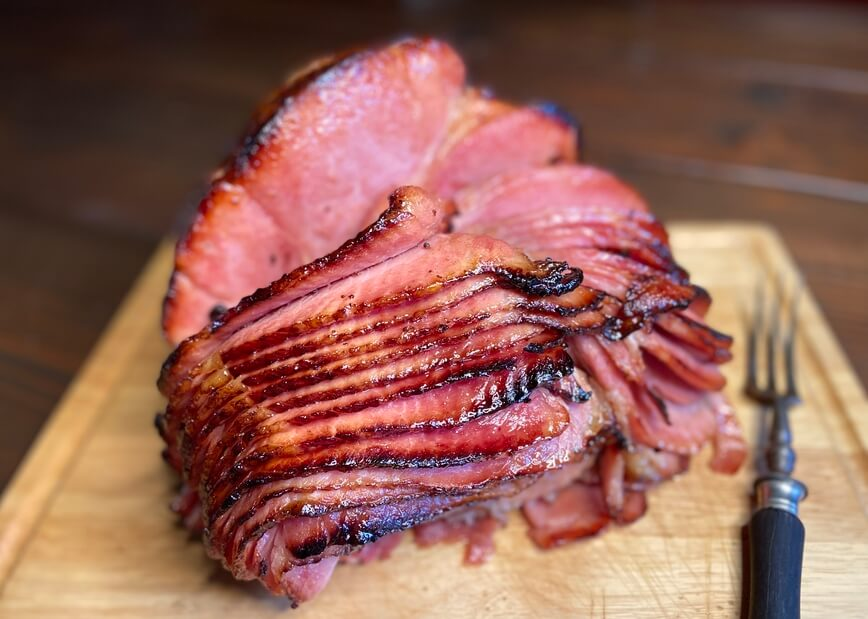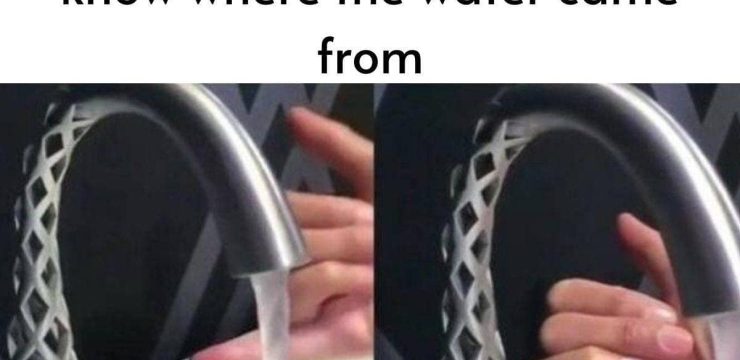Discovering that your husband left a frozen ham on the counter for five days is understandably upsetting. Beyond the frustration, it brings up serious concerns about food safety. So, the big question is: can you still use the ham? Spoiler alert: it’s probably not safe. Let’s break down the risks and what you should do to avoid future food safety issues.

Why Proper Meat Storage Matters
Before deciding whether to toss or keep the ham, it’s important to understand why leaving meat out at room temperature is a dangerous gamble. Proper storage is key to preventing harmful bacteria from thriving, and when meat isn’t stored correctly, it becomes a breeding ground for bacteria that can cause serious health issues.
The Temperature Danger Zone
One of the main food safety principles is to avoid the “temperature danger zone,” which ranges from 40°F to 140°F (4°C to 60°C). In this range, bacteria multiply rapidly. If your ham has been sitting at room temperature for five days, it has spent way too much time in this danger zone, and that’s a major red flag.
Bacterial Growth and Foodborne Illness
After five days on the counter, the ham is very likely contaminated with harmful bacteria like Salmonella or Staphylococcus aureus. These bacteria can cause food poisoning, leading to unpleasant symptoms like nausea, vomiting, diarrhea, and even more severe complications. The tricky part is that these bacteria aren’t always detectable by sight or smell, so just because the ham looks or smells okay doesn’t mean it’s safe.
Is It Safe to Eat a Ham Left Out for Five Days?
In short: absolutely not. Here’s why:
- Extended Danger Zone Exposure: The ham has been exposed to room temperature for far too long, allowing harmful bacteria to grow. While cooking can kill some bacteria, others produce toxins that are heat-resistant. This means that even cooking the ham won’t make it safe to eat.
- Lack of Visible Spoilage: Even if the ham looks and smells fine, bacteria can still be present. These invisible threats make consuming the ham extremely risky.
- Cooking Won’t Save It: Some may think that cooking the ham thoroughly could eliminate the bacteria. Unfortunately, it’s not that simple. Bacteria that have grown over such an extended period can produce toxins that won’t be destroyed by heat. Once the meat has been in the danger zone for too long, it’s unsafe to eat, even after cooking.
What Should You Do? Preventing Future Food Safety Problems
While this situation is frustrating, it’s a good opportunity to learn about proper food safety practices and prevent similar issues in the future.
1. Refrigerate or Freeze Meat Promptly
Always refrigerate or freeze meat as soon as possible, ideally within two hours of it being at room temperature. Set your fridge to 40°F (4°C) or below and your freezer to 0°F (-18°C) or lower. This will help preserve the quality and safety of your food.
2. Thaw Meat the Right Way
Never thaw meat on the counter. Instead, defrost it safely in the refrigerator. If you’re in a hurry, you can use the microwave or cold water. Counter thawing exposes meat to the temperature danger zone for too long, increasing the risk of bacteria growth.
3. Label and Date Your Food
If you’re unsure how long food has been out, labeling it with the date can help you track its freshness. This small step can prevent future confusion and help you use food within safe time frames.
4. Educate Your Family About Food Safety
Accidents like leaving ham out often happen because not everyone knows the proper way to store food. Talk to your husband (or anyone else in the household) about the importance of food safety. This will help prevent similar situations from occurring in the future.
When in Doubt, Throw It Out
If there’s any doubt about the safety of the ham, it’s best to follow the golden rule: when in doubt, throw it out. The cost of a new ham is far less than a potential trip to the emergency room. Don’t take the risk—your health is worth more than salvaging a questionable meal.
Conclusion: Throw Away the Ham
To sum it up, a ham that’s been left out for five days is not safe to eat. It has been in the temperature danger zone for far too long, allowing harmful bacteria to multiply. Even if the ham looks and smells fine, the risk of foodborne illness is too high. The safest option is to throw it away and take this as a learning experience for future food safety.
Your health and the well-being of your family matter most, so don’t hesitate to dispose of any questionable food. In the future, make sure to store and handle food properly to avoid the hassle and worry. Trust me—it’s worth it!





